How Are Night Vision Goggles Made ?
Night vision goggles are made using a combination of optical and electronic components. The basic principle behind their functioning is the amplification of available light to enhance visibility in low-light conditions. The goggles typically consist of an objective lens that collects incoming light, a photocathode that converts the light into electrons, an image intensifier tube that amplifies the electrons, and an eyepiece that presents the intensified image to the user. The image intensifier tube is a crucial component and usually contains a microchannel plate, a phosphor screen, and a power supply. The microchannel plate multiplies the number of electrons, the phosphor screen converts the electrons back into visible light, and the power supply provides the necessary voltage for the entire system. The intensified image is then viewed through the eyepiece, allowing the user to see in the dark. Modern night vision goggles may also incorporate additional features such as infrared illuminators to enhance visibility in complete darkness.
1、 Optics: Incorporating image intensifier tubes for enhanced visibility in darkness.
Night vision goggles are sophisticated devices that allow individuals to see in low-light or complete darkness. These goggles utilize a combination of optics and image intensifier tubes to enhance visibility in these conditions.
The process of manufacturing night vision goggles begins with the construction of the optics. High-quality lenses are used to gather and focus available light, which is then directed towards the image intensifier tubes. These lenses are designed to minimize distortion and maximize light transmission, ensuring a clear and sharp image.
The image intensifier tubes are the heart of night vision goggles. These tubes work by amplifying the available light, making it visible to the human eye. The tubes consist of several components, including a photocathode, a microchannel plate, and a phosphor screen. The photocathode converts incoming photons into electrons, which are then accelerated and multiplied by the microchannel plate. Finally, the electrons strike the phosphor screen, creating a visible image that is then viewed through the eyepiece.
In recent years, there have been advancements in night vision technology. One notable development is the incorporation of digital image sensors in some night vision goggles. These sensors capture the incoming light and convert it into a digital image, which is then displayed on a screen. This digital approach offers advantages such as improved image quality, the ability to record and transmit images, and the potential for additional image enhancements through software processing.
Overall, night vision goggles are made by combining high-quality optics with image intensifier tubes or digital image sensors. These devices have become essential tools for various applications, including military operations, law enforcement, wildlife observation, and nighttime navigation. The continuous advancements in technology are expected to further enhance the performance and capabilities of night vision goggles in the future.

2、 Infrared Illumination: Utilizing infrared light sources to illuminate the surroundings.
Night vision goggles are sophisticated devices that enable individuals to see in low-light or complete darkness. These goggles work by amplifying the available light or by using infrared illumination. In this response, we will focus on the latter method.
Infrared Illumination: Utilizing infrared light sources to illuminate the surroundings.
Night vision goggles that utilize infrared illumination are commonly referred to as active infrared night vision goggles. These goggles work by emitting infrared light, which is invisible to the human eye but can be detected by the goggles' sensors. The goggles then capture this reflected infrared light and convert it into a visible image for the user.
The process of manufacturing night vision goggles with infrared illumination involves several key steps. First, the goggles are equipped with an infrared light source, typically an array of infrared LEDs (light-emitting diodes). These LEDs emit infrared light with a specific wavelength range.
Next, the goggles are equipped with sensors that can detect and capture the reflected infrared light. These sensors are typically made using a technology called "image intensification." Image intensification involves converting the incoming light into electrons, amplifying them, and then converting them back into visible light.
The captured image is then displayed on a screen or eyepiece, allowing the user to see the surroundings even in complete darkness. The latest advancements in night vision technology have led to the development of more compact and lightweight goggles with improved image quality and longer battery life.
In conclusion, night vision goggles with infrared illumination are made by incorporating an infrared light source, sensors, and image intensification technology. These goggles enable users to see in low-light or dark environments by emitting and detecting infrared light. Ongoing advancements in technology continue to enhance the performance and usability of these goggles, making them an invaluable tool in various fields, including military operations, law enforcement, and wildlife observation.
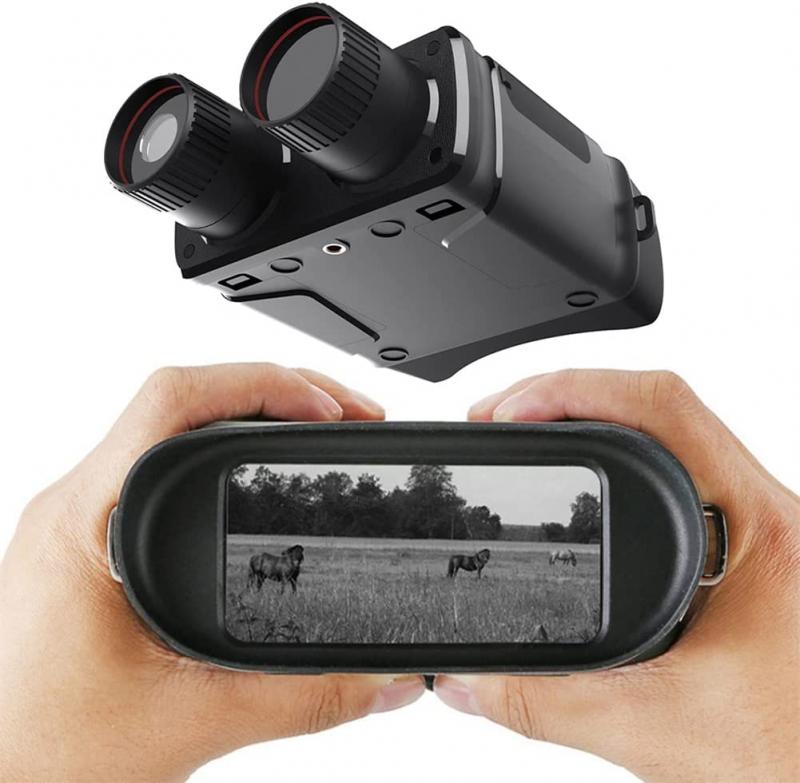
3、 Power Source: Providing energy for the goggles to function.
Night vision goggles are sophisticated devices that allow individuals to see in low-light or dark environments. These goggles utilize advanced technology to enhance the available light and provide a clear image to the user. One crucial component of night vision goggles is the power source, which provides the necessary energy for the goggles to function.
The power source in night vision goggles is typically a battery pack or rechargeable batteries. These batteries are designed to provide a consistent and reliable source of power to the goggles for an extended period. The type and capacity of the batteries used can vary depending on the specific model and manufacturer.
In recent years, there have been advancements in power source technology for night vision goggles. Manufacturers are now focusing on developing more efficient and long-lasting batteries to enhance the overall performance of the goggles. Lithium-ion batteries, for example, are becoming increasingly popular due to their high energy density and extended lifespan.
Additionally, some manufacturers are exploring alternative power sources for night vision goggles. Solar panels integrated into the goggles could potentially harness solar energy during the day to power the device at night. This would provide a sustainable and environmentally friendly solution, reducing the reliance on traditional batteries.
In conclusion, the power source is a critical component in the manufacturing of night vision goggles. The latest advancements in battery technology, such as lithium-ion batteries, are improving the overall performance and longevity of these devices. Furthermore, the exploration of alternative power sources, such as solar panels, shows promise for a more sustainable future in night vision technology.
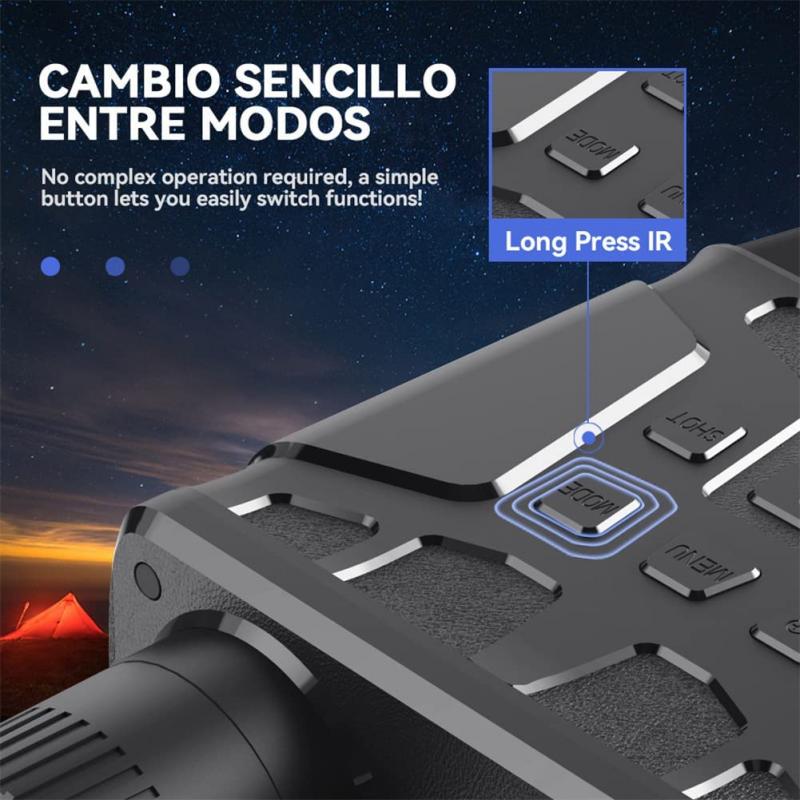
4、 Ergonomics: Designing comfortable and user-friendly goggles for extended use.
Night vision goggles are sophisticated devices that allow individuals to see in low-light or dark environments. These goggles are designed using a combination of advanced technology and ergonomic principles to ensure comfort and usability during extended use.
The process of making night vision goggles involves several key steps. Firstly, the goggles are designed with ergonomics in mind. This includes considering factors such as weight distribution, padding, and adjustability to ensure a comfortable fit for the user. Ergonomics plays a crucial role in designing goggles that can be worn for extended periods without causing discomfort or fatigue.
Next, the goggles are assembled using high-quality materials and components. The lenses are typically made from special materials that enhance light transmission and minimize distortion. The housing of the goggles is made from durable materials that can withstand harsh conditions and protect the internal components.
The internal components of night vision goggles include an image intensifier tube, which amplifies the available light to enhance visibility. This tube is a critical component that determines the performance of the goggles. In recent years, there have been advancements in image intensifier tube technology, leading to improved image quality and reduced size and weight of the goggles.
Additionally, modern night vision goggles often incorporate digital technology, such as digital image sensors and display screens. These advancements allow for enhanced image clarity and the ability to capture and record images and videos.
In conclusion, the production of night vision goggles involves a combination of ergonomic design principles and advanced technology. The focus is on creating comfortable and user-friendly goggles that can be worn for extended periods. With ongoing advancements in technology, night vision goggles continue to evolve, offering improved performance and enhanced features for various applications.
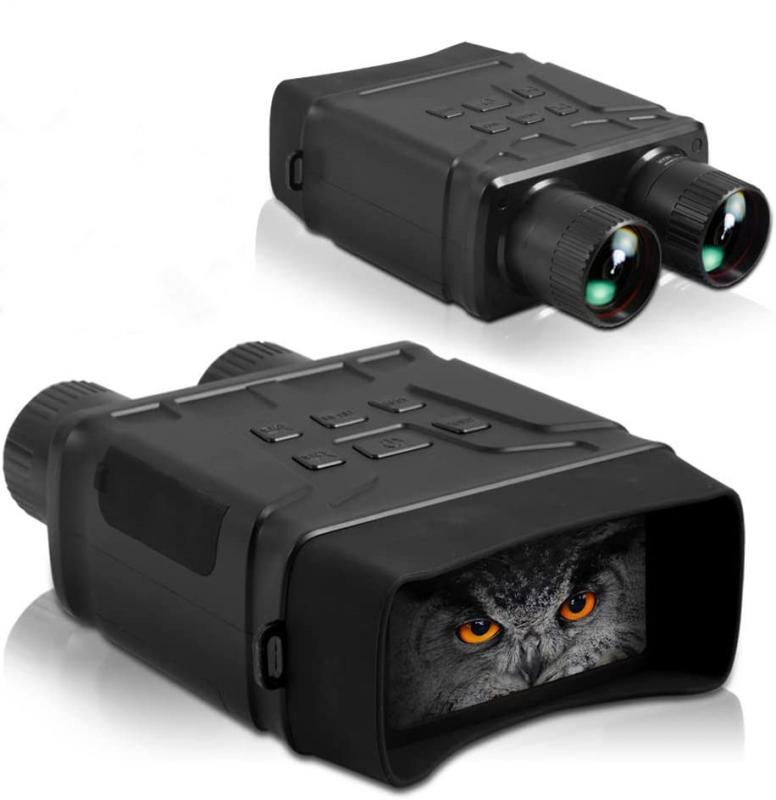






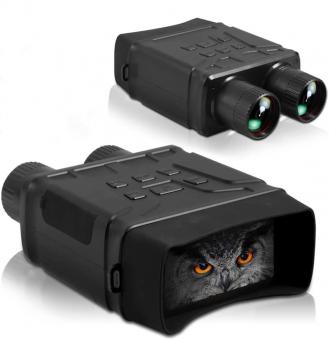

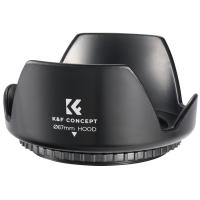




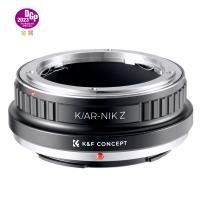


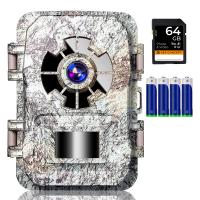
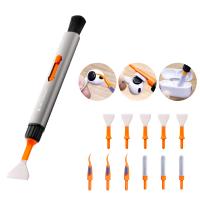
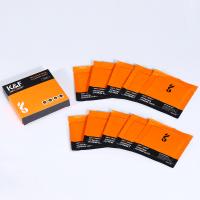



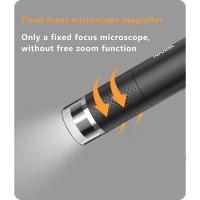
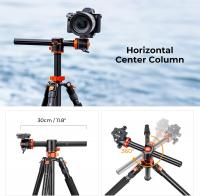
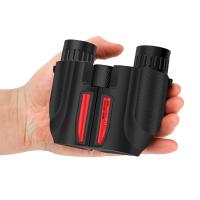

There are no comments for this blog.